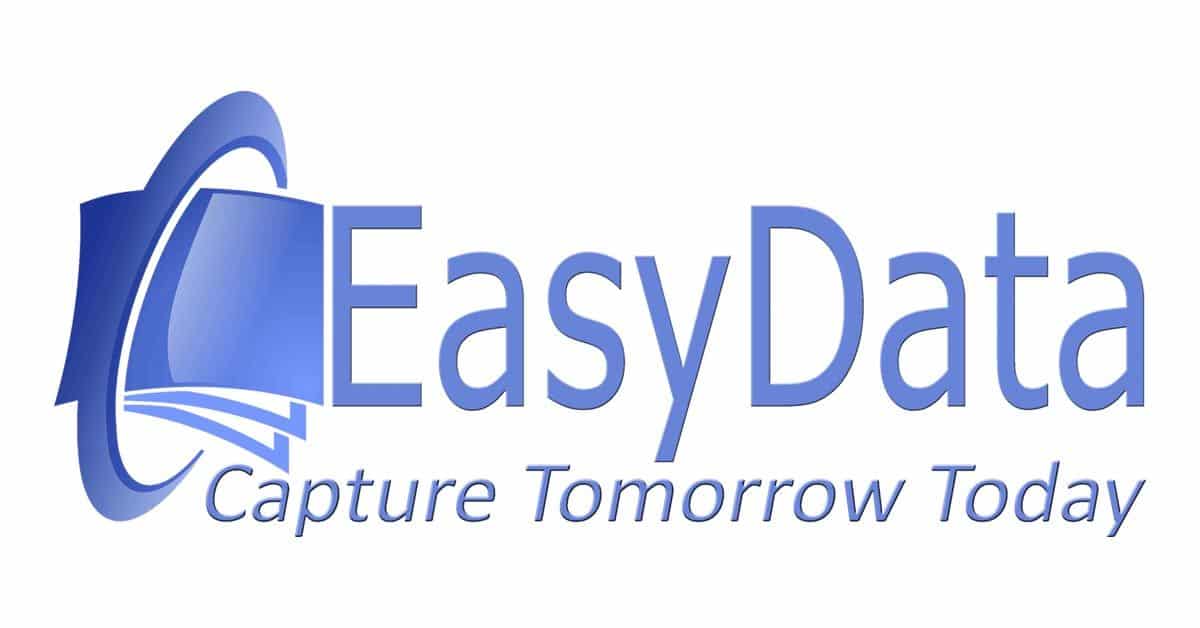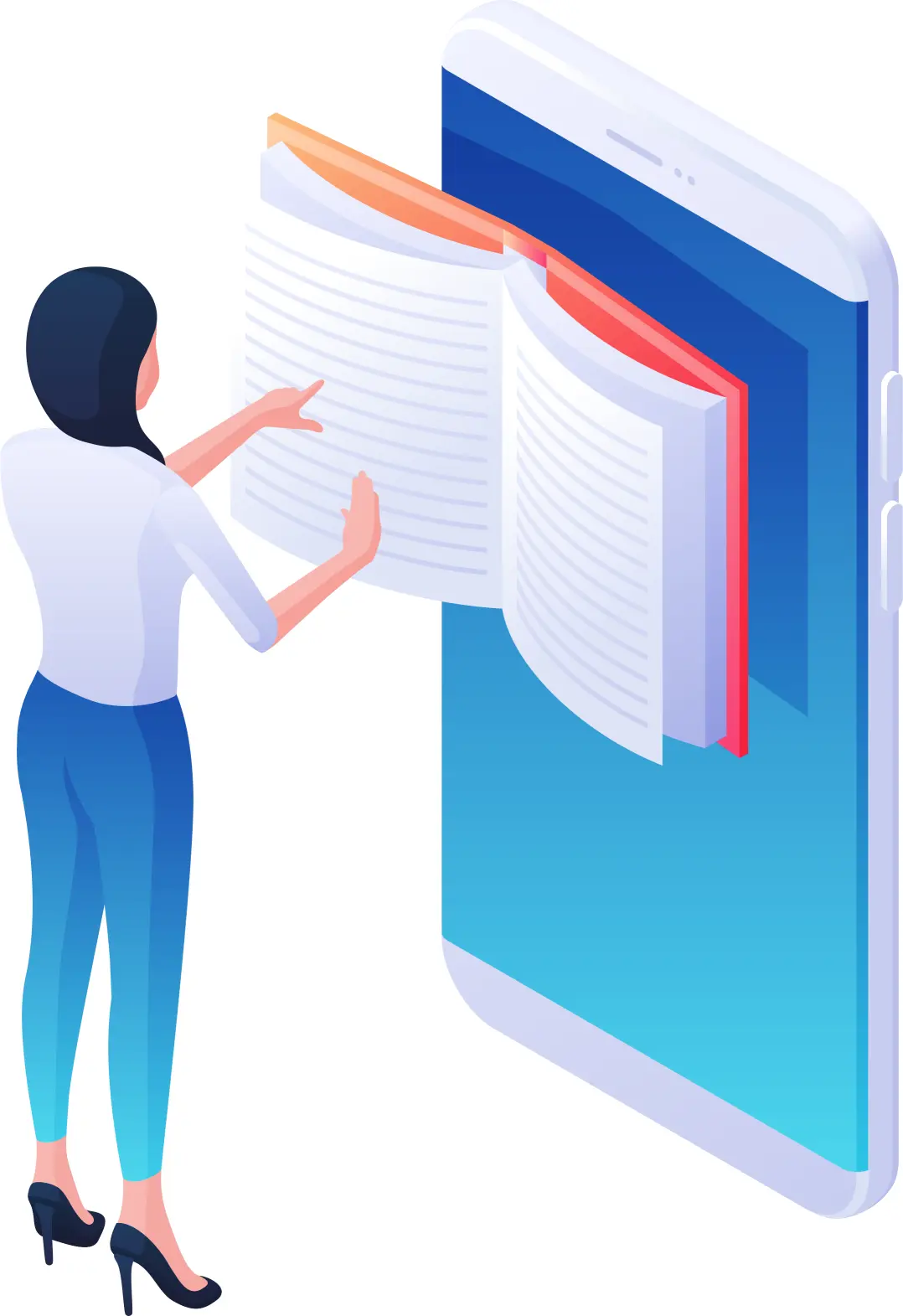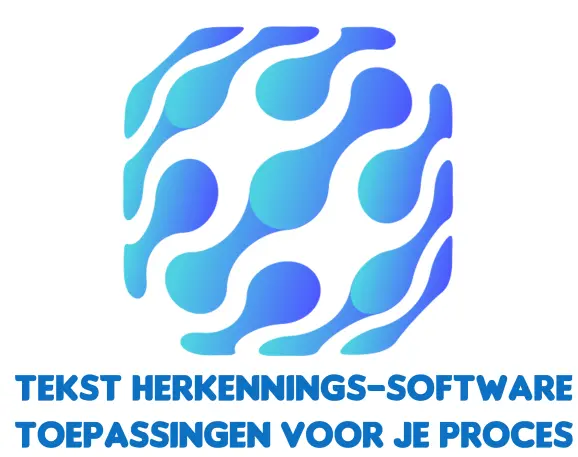OCR Software – How Does It Work and What Can You Do With It?
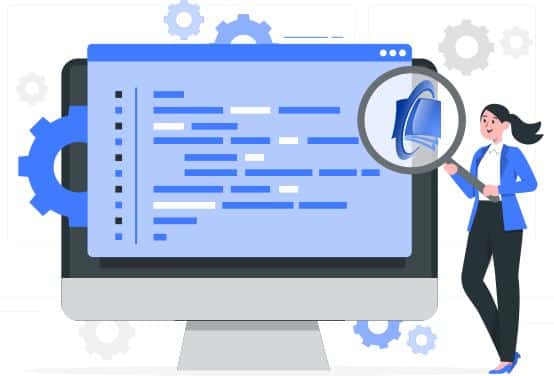
OCR Software Explained
OCR (Optical Character Recognition) software works by scanning or photographing text (optical input) and automatically recognizing letters in the image, converting them into editable text characters that you can use in programs like Word.
This is known as a “machine-readable text format.” In short, OCR software allows you to convert a scanned document or a photo taken with your phone into a usable text document.

The History of OCR Software
In the past, most business transactions culminated in paper-based agreements. Paper forms, invoices, scanned legal documents, contracts, and more were part of everyday business operations. Managing these vast amounts of paperwork required significant time and storage space, and retrieving information was cumbersome. This challenge gave rise to the concept of the “paperless office.”
While truly paperless document management wasn’t yet feasible—since all documents still had to be scanned first—this marked the beginning of office automation as we know it today. OCR (Optical Character Recognition) software enabled the recognition and searchability of business correspondence within the emerging digital archiving and document management solutions of the time.
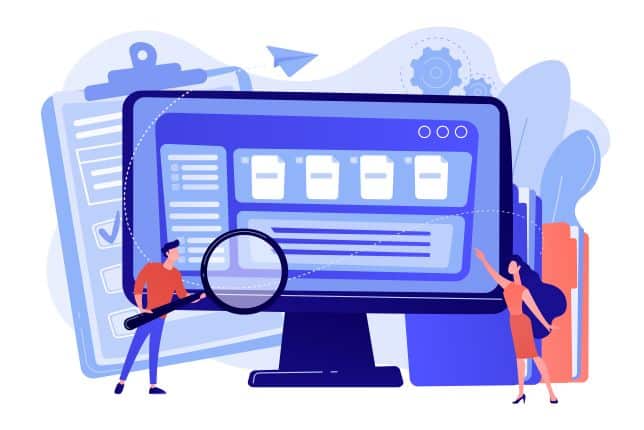
More Applications for OCR Technology
Business documents represent just one facet of OCR technology’s potential. Consider, for example, archiving: What better way to unlock an archive than with OCR? Think of all the documents and books stored in archives and libraries.
From the very beginning of OCR development, user feedback and diverse applications shaped its evolution—at least at EasyData. EasyData’s roots lie in OCR software development. The various applications of OCR technology, which we’ve been working on since 1999, are showcased in this video.
How OCR Software Works Step by Step
The OCR process, from start to finish, involves challenges that users don’t directly experience—as it should be. You shouldn’t have to think about how each automation step works. However, if you’re planning an OCR project, understanding the process beforehand is helpful. It allows you to anticipate potential bottlenecks and avoid manual corrections later.
Scanning Images
A scanner converts documents into PDF, JPG, or (in the past) TIF files. The OCR software then transforms these scanned images into an internal image format that only the OCR system can interpret. This internal image data, called binary data, forms the foundation of the OCR process.
Image Enhancement
Before text recognition begins, the software analyzes the document’s structure. It cleans up image noise and corrects issues like poor contrast, skewed scans, or imperfections from mobile phone photos. The quality of this step determines the success of the entire process.
Page Segmentation
A newspaper page, for example, contains photos and text in different layouts. Proper segmentation ensures that text blocks stay coherent—preventing disjointed columns or unreadable outputs. Business documents add complexity with tables (e.g., price lists), while technical drawings require entirely different handling. EasyData has developed unique segmentation technology, also used in tools like PDFCommunicator.
Traditional OCR: Pattern Matching
Classic OCR relies on blob pattern matching, where the software detects pixel clusters that resemble letters. A single letter isn’t meaningful until grouped with others, and spaces between clusters confirm words.
Modern OCR with Machine Learning
Intelligent OCR uses machine learning—a field where EasyData leads. Just as we pioneered surprising OCR implementations 20 years ago, we now apply tomorrow’s technology today. The results are astounding! We invite readers to share their “unreadable” documents with us. This helps us refine OCR solutions while enabling users to advance their text recognition goals. Currently, many organizations are reprocessing old scans with modern OCR for dramatically better results—EasyData’s specialty.
The Role of Dictionaries in OCR
Linguistic knowledge is often overlooked but critical. Without dictionaries, semantic understanding, and language expertise, even the best OCR software will underperform. Advanced OCR detects multiple languages within a document—a strength of EasyData’s systems.
OCR Export Options
Once text is recognized, export possibilities are endless. The key question: What’s your goal?
Tables can export to Word or Excel.
For storage, output as PDF (including specialized formats like PDF/A).
We can also generate metadata files containing extracted document details.
Need a custom export? Let’s discuss your requirements!

The History of Cloud OCR
An interesting question: What do you do when your data exists only on paper?
This was the fundamental challenge facing document data specialists two decades ago—how to process information automatically.
Twenty years ago, EasyData was already an innovative pioneer in this field. We began building our OCR expertise in 1999 with TextBridge, which was soon replaced by ABBYY FineReader, the leading OCR engine at the time. EasyData successfully implemented this technology in document digitization projects and was impressed by its capabilities.
This positive experience led us to become a distributor of ABBYY products—a partnership that continues to this day. We still fully support ABBYY technology in all its forms. In fact, EasyData’s document and OCR expertise has its roots in ABBYY’s solutions. Yet we’ve never stopped evolving, continuously developing modern OCR innovations.

The Evolution of OCR
For years, converting text into usable digital formats was considered the “holy grail” of document processing. Many manufacturers invested heavily in perfecting OCR text recognition—a major challenge for document management specialists.
Looking back at the early days of OCR development, that goal has clearly been achieved. Today, the OCR landscape offers a wide range of products and techniques, including open-source OCR engines that deliver decent results (depending on source quality and project requirements).
As OCR experts, we constantly ask ourselves during project assessments:
How do we strike the right balance between cost and quality?
After years of refinement, EasyData is proud to introduce Cloud OCR as a powerful alternative—combining affordability with cutting-edge performance.

Text Recognition in Practice
EasyData’s Cloud OCR expertise has been developed over two decades through a wide range of OCR solutions. Take, for example, newspaper digitization projects demanding 99% accuracy—our intelligent, project-specific modules enable us to meet even the most demanding OCR requirements. And we keep improving! Our goal is to transform cutting-edge technology into a standardized service accessible to everyone.
The scanned advertisement below demonstrates EasyData OCR results compared to another OCR engine.

EasyData OCR
Horse vs. Automobile
BEFORE you discard your horse ahd buy an autoit is well to think of the cost.
Figure how much you spend for harness and then think of what new tires amount to.
Figure up what it takes to feed-Dobbin in a year and then think of gasoline, repairs and storage charges.
Dobbin is worth what you paid for him two years ago, where’s the man with an auto that can say the same? Come in and get a new harness instead of a new car and remember that Dobbin will take you through snow and mud as well as on good roads and that his carburetor i is never out of order.
Ed. Klein
732 Massachusetts Street
Other OCR
BEFORE you oil card your horse arid buy an auto it » well to think of the cos*. 1
Figure how much you spend for hat nets and then think of what new tires amount to.
Figure up what it takes to feed-Dobbin in a year and then think of gasoline, repairs and storage charges.
Dobbin is worth what you paid for him two years ago, where’s the man with an auto that can say the same? Come in and get a new harness instead of a new car and remember that Dobbin will take you through snow and mud as well as on good roads and that his carburetor i is never out of order.
Ed. Klein
732 Massachusetts Street
OCR accuracy can be significantly improved by integrating EasyData’s intelligent image enhancement algorithms into the digitization process. With our accessible Cloud OCR solution, you can apply various configurations tailored to your specific needs.
Our OCR specialists are happy to assist in setting up any OCR project. The right OCR workflow configuration ensures optimal quality throughout the project lifecycle.

The OCR Alternative
A logical question: Why would a company like EasyData invest in Cloud OCR technology? The answer lies in real-world challenges. We’ve learned that pricing becomes problematic when converting millions of documents—commercial products grow too expensive, while open-source OCR fails to deliver the required results. Moreover, processing vast volumes of documents in an OCR workflow involves far more than just recognition software.
The challenge, then, is to design an exceptionally accurate OCR engine that combines high quality with above-average speed. That’s exactly what we’ve done. EasyData’s Cloud OCR solution effortlessly processes 5 million pages—converting image files into searchable PDF/A documents—all within 24 hours.
We can operate even faster, but this is our standard offering from the EasyData Cloud OCR environment. Such speed isn’t just valuable for OCR-to-PDF conversion; it also provides users and analysts with the ideal foundation for machine learning and data analysis. Our OCR technology seamlessly integrates with other EasyData innovations.
We combine machine learning algorithms with OCR output for advanced data extraction. Describe your project to our specialists, who will then tailor our innovations to your OCR project’s unique requirements. At EasyData, every OCR project is treated as technically distinct, with its own customized approach.

The Future of OCR
Our mission is clear: deliver smart, versatile, and cost-effective OCR technology that meets market demands. Today, OCR is no longer the end goal—it’s the first step toward data analysis and machine learning. The world of text recognition has evolved dramatically, and EasyData has evolved with it.
During this shift, we didn’t stand idle. We now serve clients who need to process millions of documents online while also requiring data extraction and validation. The next logical step? Analyzing extracted content directly within the Cloud OCR workflow. This makes text recognition a powerful tool when image-based data is part of the analysis pipeline—though such cases are becoming rarer, as modern documents are born digital, eliminating the need for OCR altogether.
Yet we’ve also learned that automating digital data extraction—or intelligently enriching documents like invoices with machine-readable content—remains a challenge. This is why we developed PDFCommunicator. Our ambitious developers, driven by recognition technology expertise, couldn’t ignore the demand for such an intelligent office solution.

Saving Costs with Text Recognition
As OCR technology specialists, we occasionally receive inquiries about handwritten text recognition. ICR (Intelligent Character Recognition) takes a different approach—since handwriting varies and cannot be standardized like typed fonts.
Thanks to Machine Learning, we’ve delivered practical solutions for our clients. In short, EasyData can recognize handwritten text on documents and automatically convert it into digitally interpretable data.
This innovation demonstrates how EasyData looks beyond immediate market demands, continuously advancing in technologies that aren’t yet mainstream but hold transformative potential.

OCR in the Cloud
Web-based OCR is the future. Why invest in expensive hardware with advanced OCR technology when you can leverage the cloud? EasyData’s OCR technology delivers full-text recognition—secure, scalable, and integrated with platforms like Microsoft Azure, NextCloud, or your preferred system.
Our OCR service is the most flexible and efficient SaaS solution on the market. Ideal for occasional PDF/A conversions, we provide a stable Cloud OCR platform. Need higher throughput? We’ll accommodate it.
Cloud-based text recognition is a scalable, cost-effective solution—pay only for the OCR functionality you need. Plus, our Cloud OCR seamlessly extends to machine learning capabilities.
